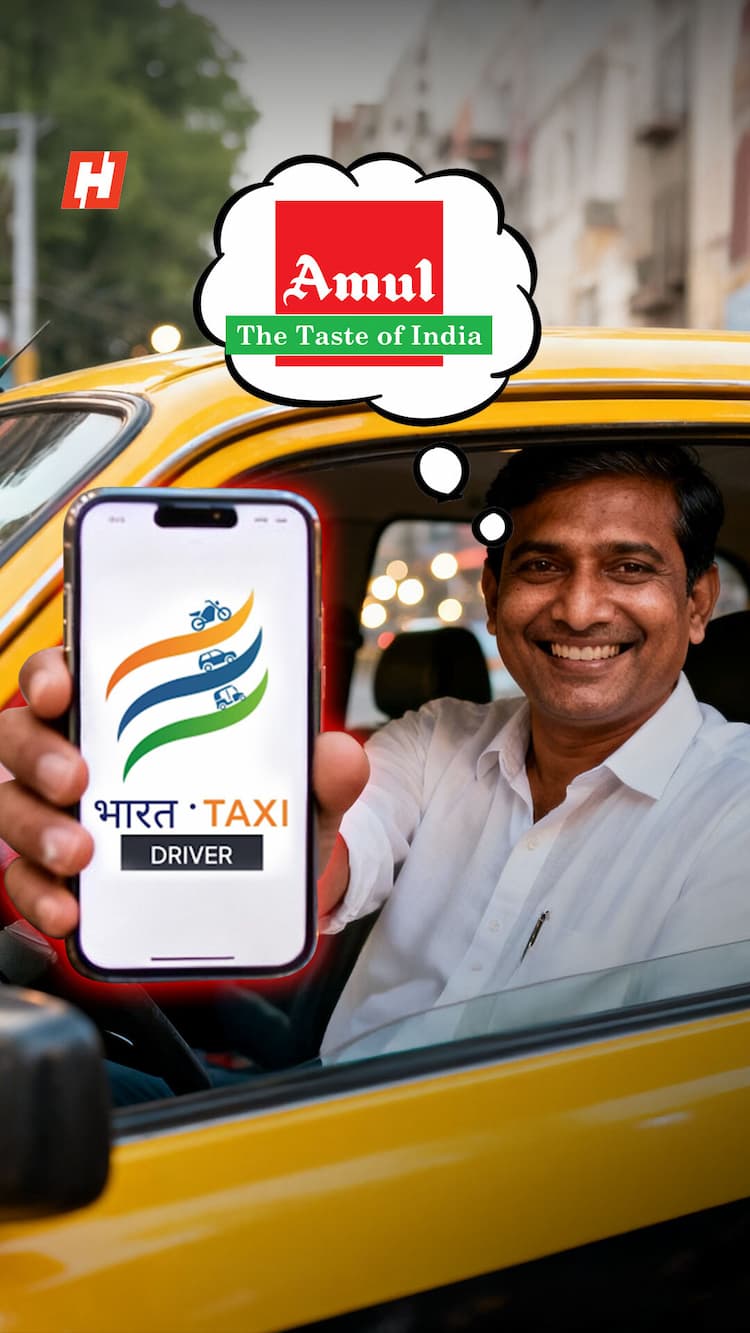Gen Z thinks the Thumbs-Up emoji is 'passive-aggressive'. Do you agree?
For years, the thumbs-up emoji was the universal sign of agreement. Quick, simple, and seemingly harmless—it was the digital equivalent of a nod across the room. But in 2024, this once-trusted symbol is under fire from an unexpected group: Gen Z.
Scroll through any group chat today, and you’ll see them navigating conversations with carefully chosen emojis, full words, and even reaction GIFs. But drop a thumbs-up into the mix, and you might just get left on read—or worse, quietly judged.
Gen Z hates the thumbs-up emoji
What millennials and boomers have long considered a polite response or a digital “okay,” many Gen Zers interpret as cold, passive-aggressive, and low-effort. According to a report by Mail Online, this generational divide is creating friction in the way we communicate—especially in the workplace.
In 2024, Mail Online reported that Gen Z are urging people to avoid using the thumbs-up and the crying with laughter face emojis. As quoted, Keith Broni, the editor-in-chief of Emojipedia, said, "As with language, we should address who we are speaking to before sending them an emoji. People from younger generations are trying to avoid the thumbs-up emoji as they see it as passive-aggressive and a low-effort response. A Gen Z demographic might also view the 'slight smile' face as highly performative and slightly passive-aggressive,' added the linguist."
The problem isn’t with emojis themselves. Gen Z loves them—in fact, they’ve turned emoji use into an art form. But they value authenticity and nuance. In a world where tone is often lost in digital messages, they’ve learned to read between the pixels.
Thumbs Up is a way of communication at work
And this isn’t just a texting quirk—it’s spilling over into professional spaces. In hybrid work environments where Slack, Teams, or WhatsApp are primary communication tools, emojis play a bigger role than ever in setting tone. One misplaced thumbs-up from a manager can unintentionally signal disinterest or dismissal to a younger colleague.
What about other emojis?
Meanwhile, Gen Z is giving the spotlight to other emojis. The red heart? Still loved. The sparkle emoji? A favourite for adding warmth. Even colored hearts are getting strategic use, with each hue subtly shifting the message's tone.
So, is Gen Z being overly sensitive? Or are they simply setting new standards for digital empathy? Depending on your age, the answer may vary. But one thing’s clear: the way we communicate online is evolving.









